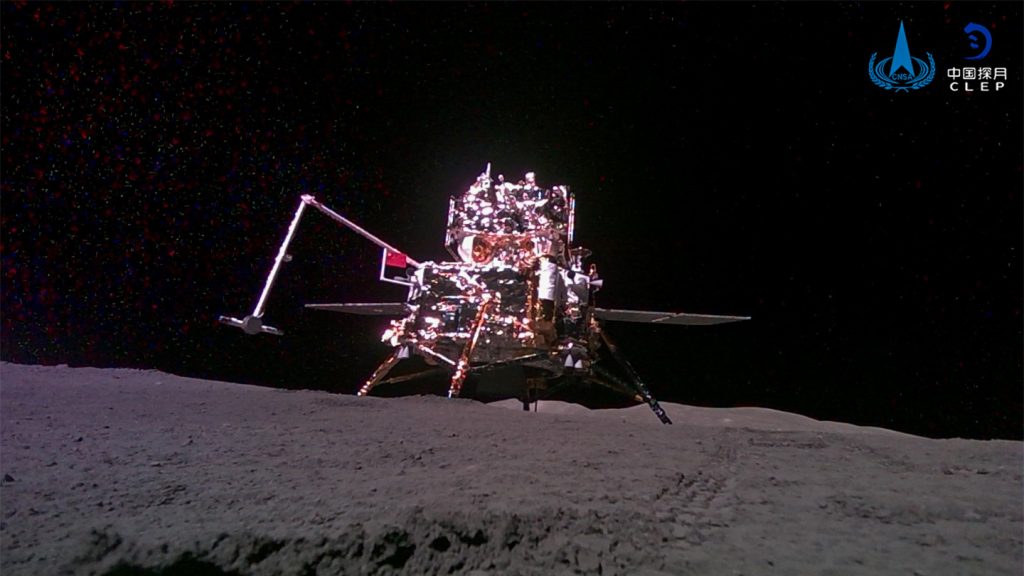China made history by collecting samples from the farside of the moon through the Chang’e-6 mission, providing scientists with opportunities to learn more about the history and formation of Earth’s natural satellite. Apollo crater, located within the South Pole–Aitken basin, the largest meteor impact site in the solar system, was chosen as the landing site for Chang’e-6. Within two days, the mission successfully gathered 2 kilograms of lunar material using a scoop and drill, which was then transferred to an ascent vehicle that soared into lunar orbit on June 3. The samples are expected to return to Earth and land in Inner Mongolia on June 25, following China’s earlier success with the Chang’e-4 mission in 2019.
Researchers are excited about the opportunity to analyze samples from the farside of the moon, as it could help explain the stark differences between the nearside and farside. While the nearside is characterized by volcanic features such as lunar maria, solidified lava pools that formed around 4 billion years ago, the farside shows minimal volcanic activity. Some scientists speculate that the thinner crust on the nearside allowed more magma to flow to the surface, leading to extensive volcanic features. Possible past volcanic activity in the South Pole–Aitken basin and Apollo crater around 3.5 billion years ago could have been triggered by the impact that formed these areas, weakening the crust and allowing magma flow.
The Chang’e-6 samples have the potential to offer insights into the geological history of the moon, including whether the impact that created the South Pole–Aitken basin and Apollo crater facilitated volcanic activity by weakening the lunar crust. Both Chinese and international researchers will have the opportunity to study the lunar material, contributing to a better understanding of the moon’s formation and evolution. With upcoming missions planned, such as NASA’s Commercial Lunar Payload Services program, scientists are optimistic about the discoveries that could be made by exploring diverse regions on the lunar surface, making it an exciting time for lunar research and exploration.


